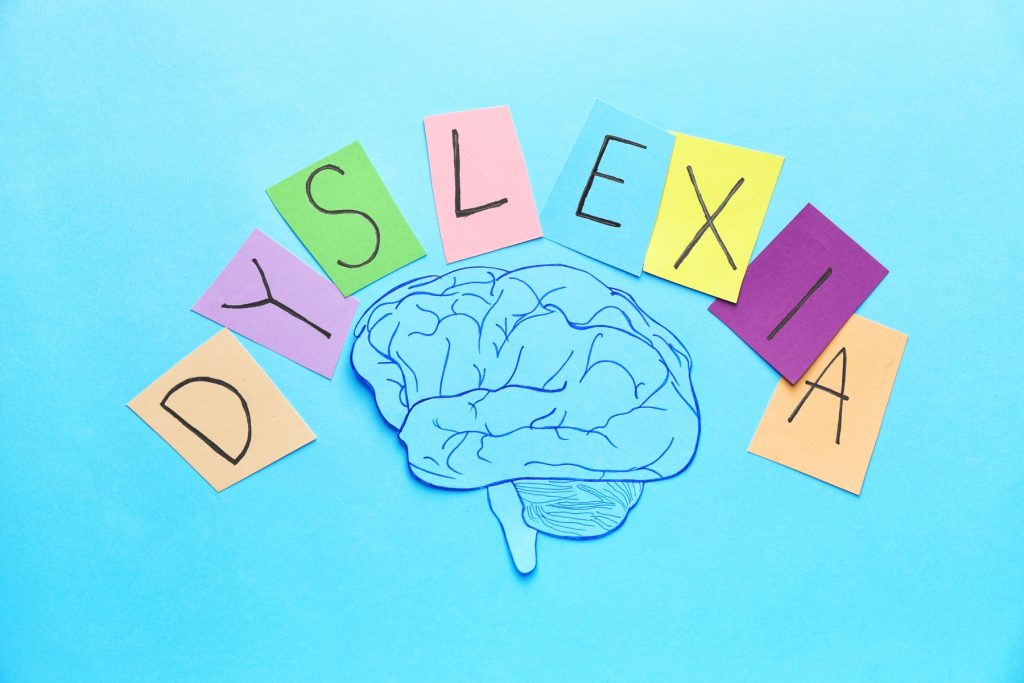
Some of the most common dyslexic symptoms for children under five years old are difficulty learning nursery rhymes, slow speech development, trouble learning the alphabet and the inability to follow multiple instructions, E.g. putting the crayons in their box and putting the box away.
The general signs for primary school children are slow-paced reading, which includes difficulty sounding out words and an inability to understand what they have just read. Their written work may be untidy and include reversed letters such as b/d and p/q. They may also have poor concentration levels. Approaching your doctor or child’s teacher if you have any concerns is important, as early intervention is vital.
Do Not Fear
The most important message to convey in this week’s column is not to panic if you feel your child may or indeed has dyslexia. Famous people with dyslexia include Maggie Aderin-Pocock (astronomer), Steven Spielberg and Albert Einstein. Although dyslexia can create barriers to learning, these people have proved that it can be overcome.
Learning Tips for Children with Dyslexia
Children with dyslexia may lack organisational skills, so it is crucial to establish a homework routine. If your child finds it difficult to concentrate for long periods, try breaking homework up into small manageable parts with breaks in between. Most children with dyslexia have limited confidence when it comes to schoolwork. They may display extreme anxiety towards most subjects as the ability to read is required throughout school. As a result, it is essential to help grow confidence by giving lots of praise for even the slightest improvement or effort.
Multi-Sensory Approach
A multi-sensory approach means including multiple senses such as kinesthetic (touch), visual (sight) and auditory (sound) with regard to learning. Kinesthetic learning is where learning takes place by doing physical activities. A spelling activity could involve writing words in sand using children’s fingers or writing the words with chalk outside. Another fun kinesthetic activity involves writing spellings on Lego bricks, jumbling them up and then asking your child to arrange them in the correct order.
Visual learning is a learning style in which children do best by seeing. For children with dyslexia, this could range from using images, colour-coded words and watching videos. The use of images could include writing a word such as bed and drawing an actual bed around the word. Colour-coding syllables or phonic sounds also work well. For example, af-ter-noon could be broken up and colour-coded. There are numerous videos online that could be used to support focus words/sounds.
Auditory learners do best by hearing. Auditory-based tasks for children with dyslexia could include listening to phonics/spelling songs in the car on the way to school. You could even go one step better and make up your songs! Additionally, try reading spellings out loud and ask if the target sound is in the beginning, middle or end of a word. For example, if the focus sound is ph ask where is it located in the following words: phone, elephant and graph.
These are just a handful of appropriate multi-sensory activities, and there is an abundance of others to suit children with dyslexia. The best thing is to try a few different tasks and see what works best for your child.
Dyslexia Support with ESH
Currently, ESH has classes running for children with dyslexia. My sessions include a multi-sensory approach to learning, including some of those mentioned above. If you have, or think that you may have a child with dyslexia, please feel free to contact me to organise a chat/free assessment.
